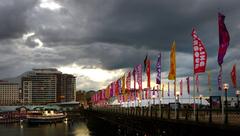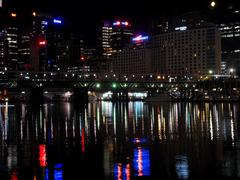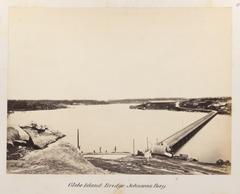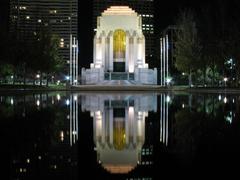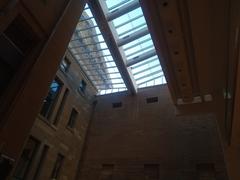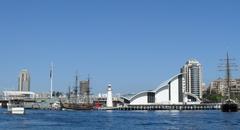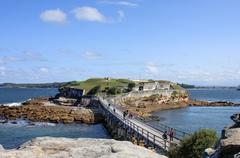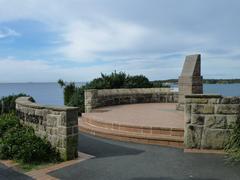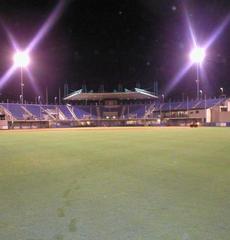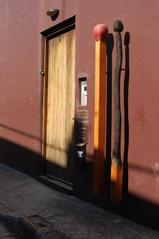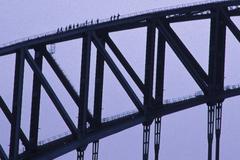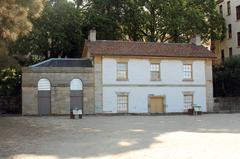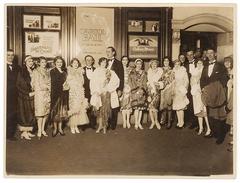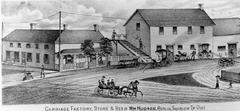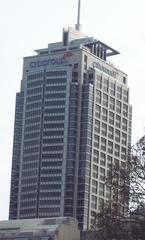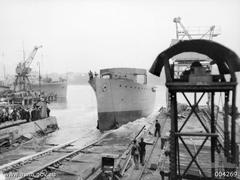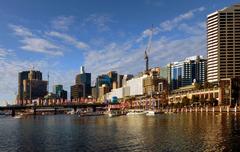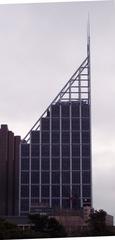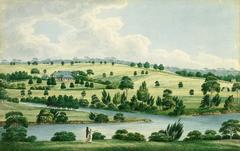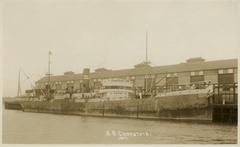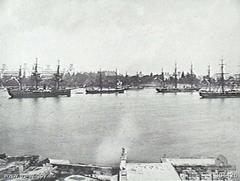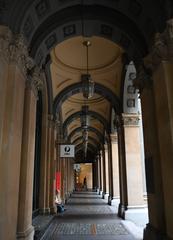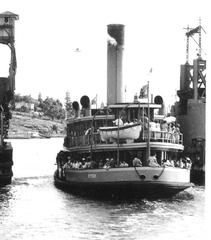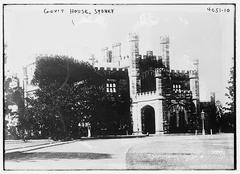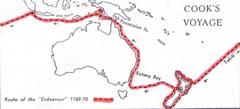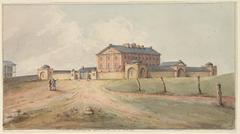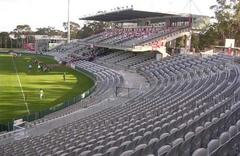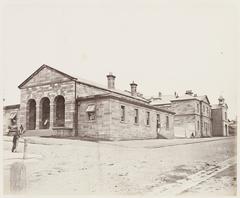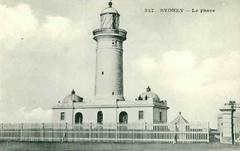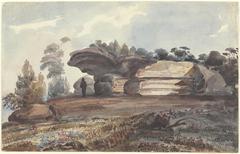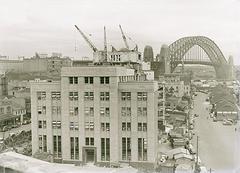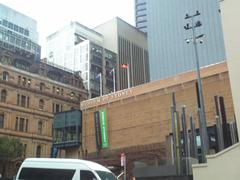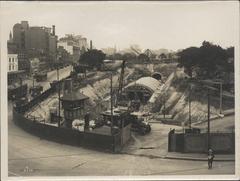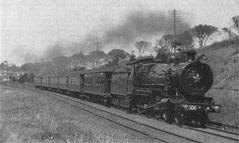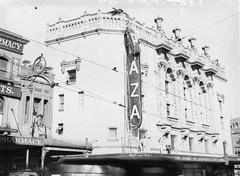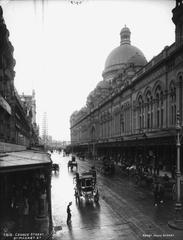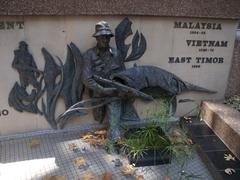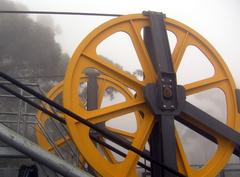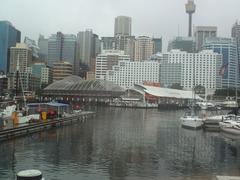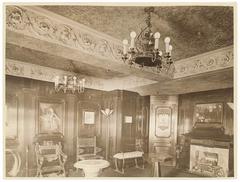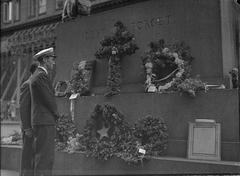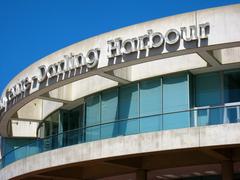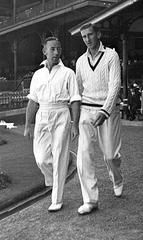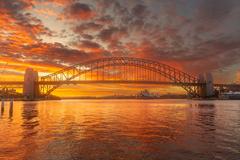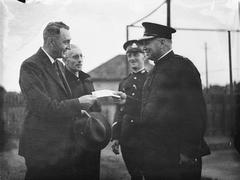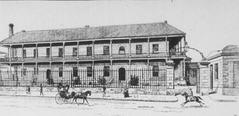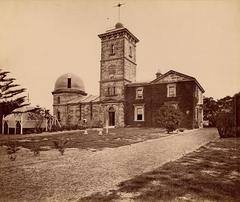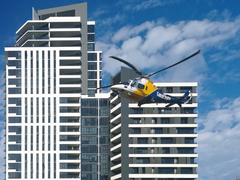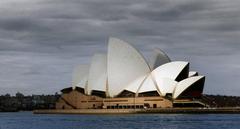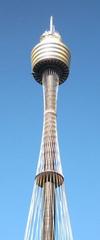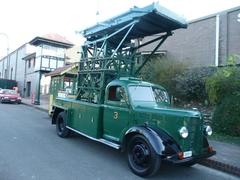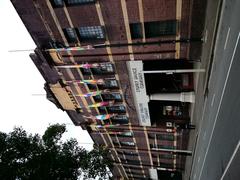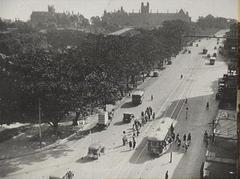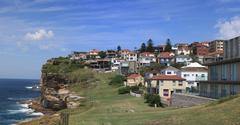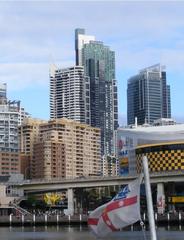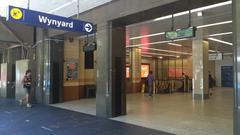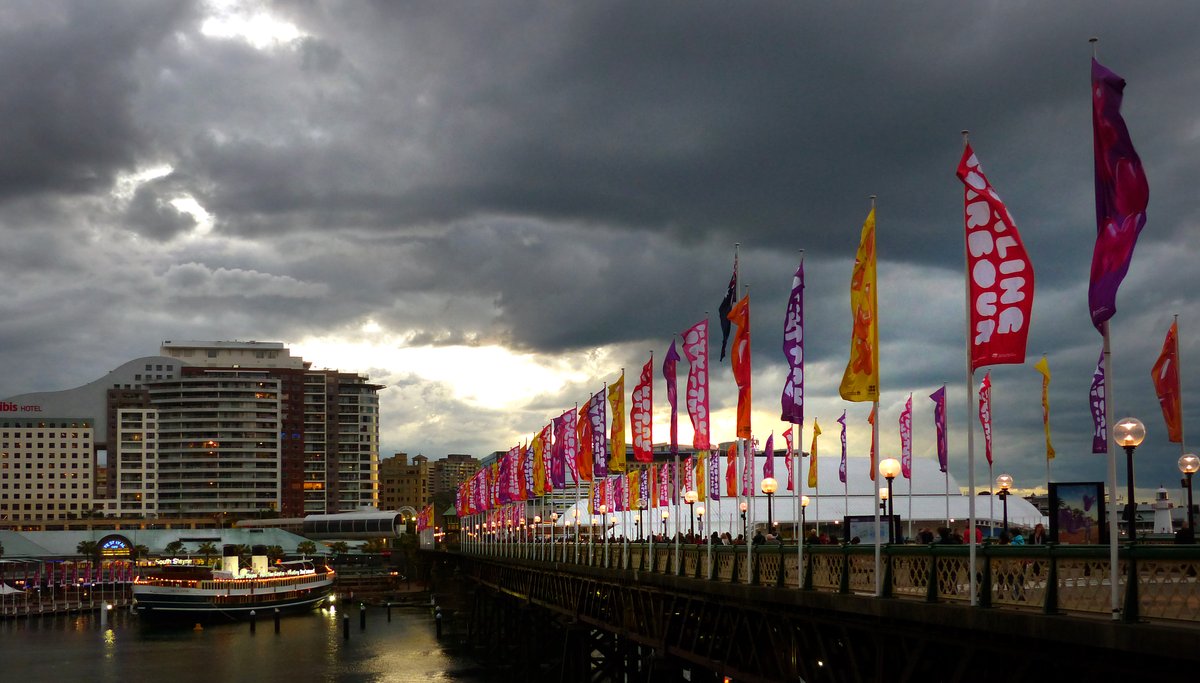
Pyrmont Bridge Visiting Guide: Hours, Tickets, and Historical Insights
Publication Date: 22/07/2024
Introduction to Pyrmont Bridge
Welcome to an in-depth exploration of the Pyrmont Bridge, one of Sydney’s most iconic landmarks. This comprehensive guide aims to provide you with all the essential information you’ll need to make the most of your visit, including the bridge’s rich history, cultural significance, visiting hours, and travel tips. The Pyrmont Bridge, completed in 1902, is not just a marvel of engineering but also a significant cultural and historical site that connects Sydney’s central business district with the suburbs of Pyrmont and Ultimo (Sydney Harbour Foreshore Authority). Designed by the renowned engineer Percy Allan, the bridge’s swing span mechanism was a technological marvel at the time of its construction, allowing for maritime traffic to pass through (Engineering Heritage Australia). Today, the bridge stands as a testament to Sydney’s industrial heritage and continues to serve as a vital pedestrian and cycleway, offering stunning views of Darling Harbour and the Sydney skyline. Whether you’re a history enthusiast, a photography lover, or simply looking for a scenic walk, the Pyrmont Bridge has something for everyone.
Contents Overview
- Introduction
- History of Pyrmont Bridge
- Early Conception and Construction
- Design and Engineering Marvel
- Role in Sydney’s Development
- Decline and Closure
- Restoration and Heritage Listing
- Modern-Day Significance
- Practical Visitor Information
- Visiting Hours and Tickets
- Travel Tips
- FAQ
- Conclusion
History of Pyrmont Bridge
Early Conception and Construction
The Pyrmont Bridge, an iconic structure in Sydney, Australia, has a rich history dating back to the 19th century. The original Pyrmont Bridge was constructed in 1858, primarily to facilitate the movement of goods and people between the bustling city of Sydney and the industrial suburb of Pyrmont. This initial bridge was a wooden structure, which, over time, proved inadequate for the increasing traffic and the demands of a growing city.
In response to these challenges, the New South Wales Government decided to replace the wooden bridge with a more robust and modern structure. The new Pyrmont Bridge, which stands today, was designed by Percy Allan, a prominent Australian engineer known for his innovative designs. Construction began in 1899 and was completed in 1902. The bridge was officially opened on June 28, 1902, by the Governor of New South Wales, Sir Harry Rawson.
Design and Engineering Marvel
The Pyrmont Bridge is a swing bridge, a type of movable bridge that allows for maritime traffic to pass through by rotating horizontally around a central pivot. This design was particularly innovative at the time and showcased the advanced engineering capabilities of the early 20th century. The bridge spans 369 meters (1,211 feet) and features a central swing span that is 13 meters (43 feet) wide. The swing span is powered by an electric motor, which was a significant technological advancement at the time of its construction.
One of the most remarkable aspects of the Pyrmont Bridge is its use of Australian ironbark timber, known for its durability and strength. This choice of material not only provided the necessary structural integrity but also highlighted the use of local resources in major infrastructure projects. The bridge’s design also included pedestrian walkways, which allowed for safe passage of foot traffic alongside vehicular traffic.
Role in Sydney’s Development
The Pyrmont Bridge played a crucial role in the development of Sydney, particularly in the early 20th century. It facilitated the movement of goods and people between the city and the industrial areas of Pyrmont and Ultimo, which were home to numerous factories, warehouses, and wharves. The bridge’s ability to swing open allowed for the passage of large ships into Darling Harbour, further boosting the area’s economic activity.
During its early years, the Pyrmont Bridge was a vital link in Sydney’s transportation network. It carried trams, horse-drawn carriages, and later, motor vehicles, contributing to the growth and expansion of the city. The bridge’s strategic location and functionality made it an essential infrastructure asset for Sydney’s burgeoning economy.
Decline and Closure
As Sydney continued to grow and modernize, the Pyrmont Bridge faced increasing pressure from rising traffic volumes and the advent of new transportation technologies. By the mid-20th century, the bridge was struggling to cope with the demands of modern vehicular traffic. In 1981, after nearly 80 years of service, the Pyrmont Bridge was closed to vehicular traffic. This decision was made to preserve the historic structure and to address the growing congestion in the area.
Restoration and Heritage Listing
In the late 1980s and early 1990s, the Pyrmont Bridge underwent significant restoration work to preserve its historical and architectural integrity. The restoration project aimed to maintain the bridge’s original design while incorporating modern safety features and amenities for pedestrians and cyclists. The swing span mechanism was also refurbished, ensuring that the bridge could continue to operate as a functional swing bridge.
In recognition of its historical and cultural significance, the Pyrmont Bridge was listed on the New South Wales State Heritage Register in 1992. This listing acknowledges the bridge’s importance as a key piece of Sydney’s infrastructure and its role in the city’s development. The heritage listing also ensures that the bridge will be preserved for future generations to appreciate and enjoy.
Modern-Day Significance
Today, the Pyrmont Bridge stands as a testament to Sydney’s rich history and engineering prowess. It is a popular destination for tourists and locals alike, offering stunning views of Darling Harbour and the Sydney skyline. The bridge’s pedestrian and cycleway provide a safe and scenic route for those exploring the area, and its central swing span remains operational, allowing for the passage of boats and ships.
The Pyrmont Bridge is also a key feature of the Darling Harbour precinct, which has been transformed into a vibrant entertainment and cultural hub. The bridge connects various attractions, including the Australian National Maritime Museum, the Sydney Aquarium, and the Harbourside Shopping Centre. Its historical significance and modern-day functionality make it a unique and cherished landmark in Sydney.
Practical Visitor Information
Visiting Hours and Tickets
The Pyrmont Bridge is open to pedestrians and cyclists 24 hours a day, seven days a week. There is no admission fee to access the bridge, making it an excellent free activity for visitors to Sydney. The central swing span operates at scheduled times, which can vary, so it’s a good idea to check the latest schedule on the Sydney Harbour Foreshore Authority website before planning your visit.
Travel Tips
- Best Time to Visit: Early morning or late afternoon offers the best lighting for photography and a pleasant walking experience without the midday heat.
- Accessibility: The bridge is fully accessible to wheelchairs and strollers, with ramps at both ends.
- Nearby Attractions: Plan a visit to nearby attractions such as the Australian National Maritime Museum, the Sydney Aquarium, and the Harbourside Shopping Centre.
- Guided Tours: Consider joining a guided tour to learn more about the bridge’s history and engineering. Check local tour operators for schedules and prices.
- Photography Spots: The bridge offers excellent vantage points for photographing Darling Harbour and the Sydney skyline. Don’t miss the opportunity to capture the swing span in action.
FAQ
Q: What are the visiting hours for the Pyrmont Bridge?
A: The Pyrmont Bridge is open 24/7 to pedestrians and cyclists.
Q: Is there an admission fee to access the Pyrmont Bridge?
A: No, there is no admission fee.
Q: When does the central swing span operate?
A: The swing span operates at scheduled times. Check the Sydney Harbour Foreshore Authority for the latest schedule.
Q: Are there any guided tours available?
A: Yes, guided tours are available through local tour operators.
Q: Is the Pyrmont Bridge accessible for wheelchairs and strollers?
A: Yes, the bridge is fully accessible with ramps at both ends.
Conclusion
The Pyrmont Bridge is more than just a historical structure; it’s a living piece of Sydney’s heritage that continues to serve the community. Whether you’re exploring its rich history, enjoying the scenic views, or simply taking a leisurely stroll, the Pyrmont Bridge offers a unique and enriching experience. Don’t forget to check out the New South Wales State Heritage Register and the Sydney Harbour Foreshore Authority for more detailed information and updates. Download the Audiala app for more travel tips and follow us on social media to stay updated on the latest attractions and events in Sydney.
